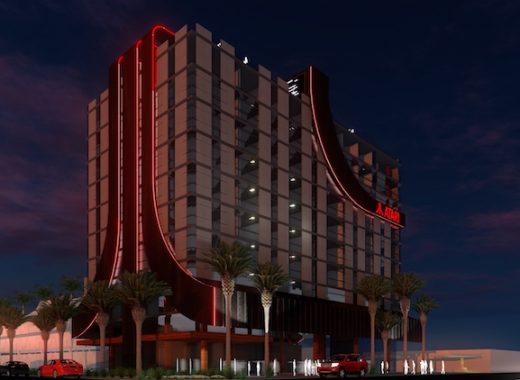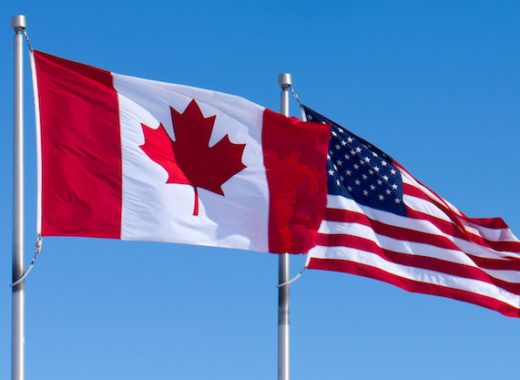Nonmotorized recreation on land overseen by the U.S. Bureau of Land Management in Arizona and 10 other Western states supports 25,000 jobs and adds $2.8 billion to the U.S. economy, according to a study commissioned by the Pew Charitable Trusts.
The researchers found that visits to Arizona, Alaska, California, Colorado, Idaho, Montana, Nevada, New Mexico, Oregon, Utah, Washington and Wyoming generated about $1.8 billion in 2014 in spending in communities within 50 miles of the BLM recreation sites. The spending circulated through the state and national economies and resulted in $800 million in employee wages and benefits, the study said.
“Quiet recreation activities on public lands managed by the BLM generate significant economic benefits for individuals, rural Western communities, and the nation,” said Ken Rait, director of U.S. public lands initiatives at Pew.
“The majority of people who visit BLM lands for recreational purposes engage in nonmotorized activities such as camping, hiking, hunting, and fishing,” he said. “The spending associated with these trips creates an economic ripple effect in surrounding towns with the purchase of groceries, supplies, gas, and meals, providing important support to local businesses.”
The report, “Quiet Recreation on BLM-Managed Lands: Economic Contribution 2014” was produced by the economic consulting firm ECONorthwest.
The BLM estimated an economic contribution of $5.5 billion from recreation in 2014 but the agency does not estimate the contribution for any of the recreational activities separately.
“This study is significant because it is the first ever to quantify both the amount of quiet recreation and the spending associated with quiet recreation specifically on BLM lands,” said ECONorthwest’s Kristin Lee, who led the research.
“We found that the majority of visitors to BLM lands enjoyed nonmotorized recreation,” she said. “In the process, they spent $1.8 billion in the economies of local communities—which resulted in $2.8 billion of economic output at the national level.”
The BLM recorded 4.86 million visitors in 2014 on the 12.2 million acres of public land it manages in Arizona. Seventy-two percent of those visitors were involved in nonmotorized recreation, according to the study.
The study estimated that nonmotorized recreation on BLM lands contributed 1,586 jobs in Arizona.
Researchers calculated the local economic contribution using 2014 BLM visitation data and spending data from the National Visitor Use Monitoring Program.





